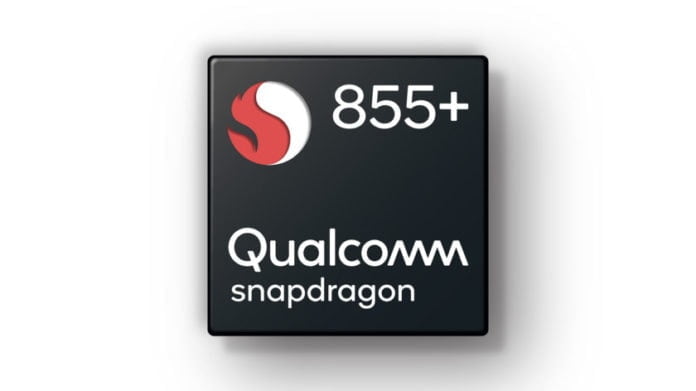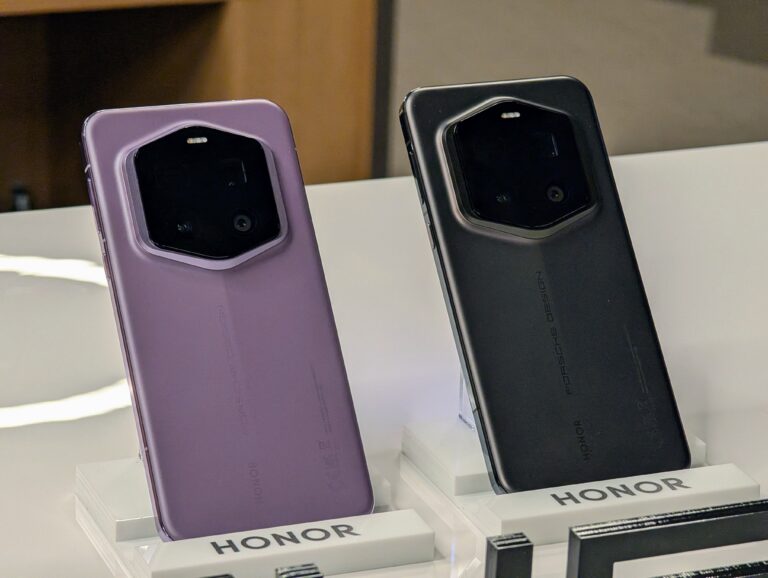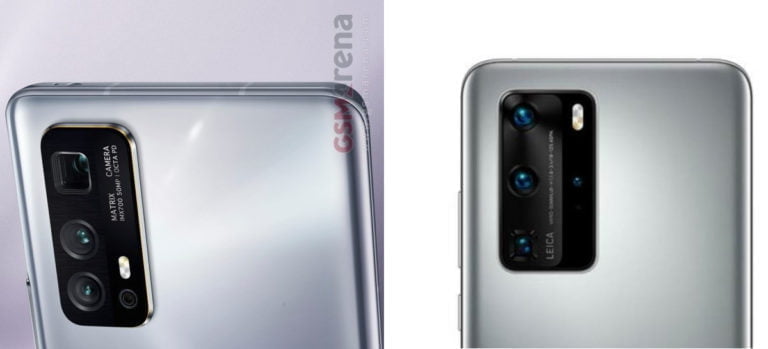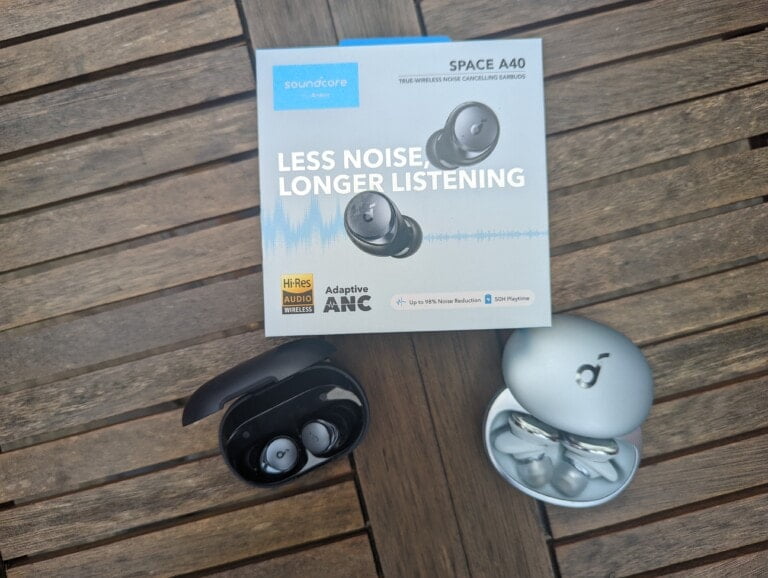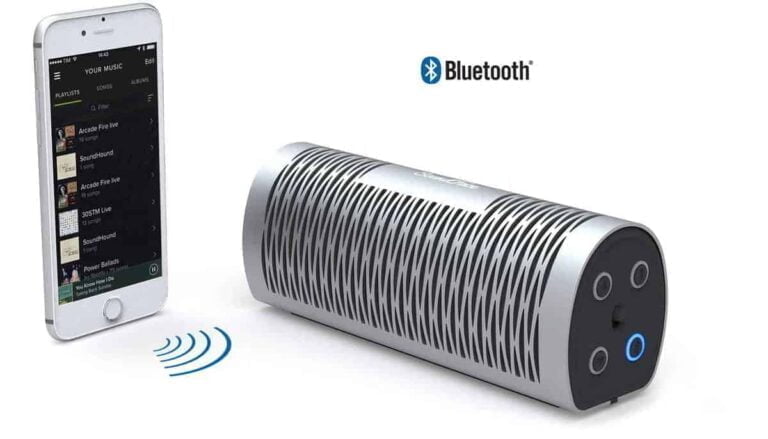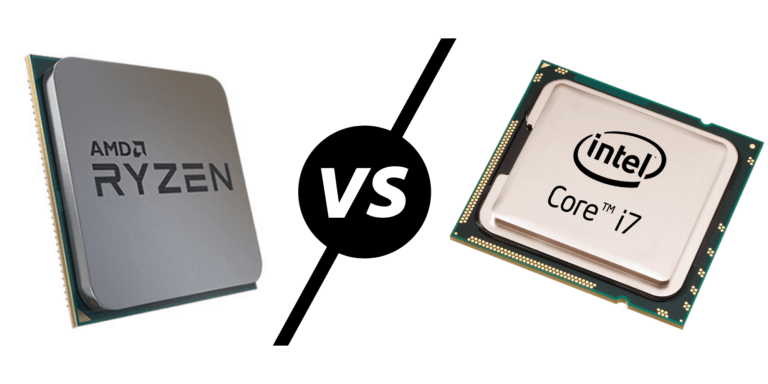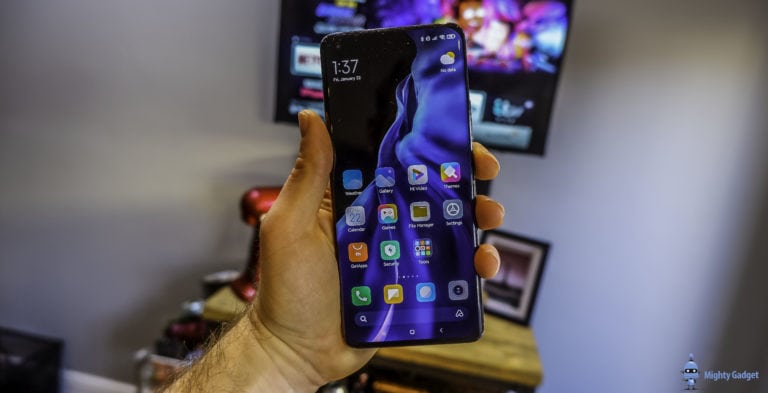Any links to online stores should be assumed to be affiliates. The company or PR agency provides all or most review samples. They have no control over my content, and I provide my honest opinion.
Qualcomm has announced a refresh to their Snapdragon 855 SoC in the form of the Snapdragon 855+. It has been a while since Qualcomm launched a mid-life product refresh of a flagship system on a chip. The last instance was the Snapdragon 821, though last year there were some limited higher bin variants of the SD845. More recently the Snapdragon 712 was just a higher clocked SD710.
The new Snapdragon 855 Plus does a little more than add 100Mhz that the SD712 did. Qualcomm has raised the clocks of the Prime CPU core by 120Mhz from 2.84GHz to up to 2.96GHz, giving a 4.2% boost for single-threaded workloads.
They have also raised the GPU clocks by 87Mhz from 585MHz to 672MHz, which doesn’t sound like an awful lot but it is just shy of a 15% boost and will inevitably make this a popular choice for gaming orientated phones.
Last year it was the ASUS ROG Phone that used the binned SD845 chips so it comes as no surprise that the new ROG Phone 2 will be the first to use the Snapdragon 855 Plus.
There is also some speculation that the Samsung Note 10 may use the new chip too. I would be sceptical of this though unless Samsung also refreshes their Exynos 9820 with higher refresh rates to reflect the performance increase for the phone in the European markets.
Currently, Huawei is set to launch their new chips this year, current rumours indicate that a Kirin 985 is set to launch this year and maybe the Kirin 990 as a mid-cycle refresh. This would deviate from their normal trend in the past few years where we would have expected the Kirin 990 to launch at IFA.
Depending on which benchmarking table you look at, currently the Snapdragon 855 rules the roots with the top 7 phones of Antutu being SD855 including the OnePlus 7 Pro, Xiaomi Mi 9 and Black Shark 2 in the top 3. Followed by the Exynos 9820 Samsung S10 devices, then the Kirin 980 based devices below that.
So it is likely that for the time being the Snapdragon 855 Plus will be the most powerful chip on the market. Which will then likely be beaten by the Kirin 985 in the Mate 30 Pro, and the cycle of one-upmanship will continue.
| Snapdragon 855 | Snapdragon 855+ | HiSilicon Kirin 980 | Exynos 9820 | |
|---|---|---|---|---|
| Process | 7nm (N7) | 7nm (N7) | 7nm | 8 nm LPP (Low Power Plus) FinFET |
| CPU Cores | Octa-Core, 64-bit | Octa-Core, 64-bit | Octa-Core, 64-bit | Octa-Core, 64-bit |
| CPU | 1x Kryo 485 Gold (A76 derivative) @ 2.84GHz 1x512KB pL2 3x Kryo 485 Gold (A76 derivative) @ 2.42GHz 3x256KB pL2 4x Kryo 485 Silver (A55 derivative) @ 1.80GHz 4x128KB pL2 2MB sL3 | 1x Kryo 485 Gold (A76 derivative) @ 2.96GHz 1x512KB pL2 3x Kryo 485 Gold (A76 derivative) @ 2.42GHz 3x256KB pL2 4x Kryo 485 Silver (A55 derivative) @ 1.80GHz 4x128KB pL2 2MB sL3 | 2x Cortex-A76 @ 2.6GHz 2x Cortex-A76 @ 1.92GHz 4x Cortex-A55 @ 1.8GHz (4MB shared L3 cache) | 2x Custom CPU 2x Cortex-A75 4x Cortex-A55 |
| GPU | Adreno 640 @ 585MHz | Adreno 640 @ ~672MHz | Mali-G76 MP10 - 720 MHz | ARM Mali G76 MP12 |
| NPU | Yes (Hexagon 690 DSP) | Yes | Dual NPU | Yes |
| RAM | 4x 16-bit CH @ 2133MHz LPDDR4x 34.1GB/s 3MB system level cache | 4x 16-bit CH @ 2133MHz LPDDR4x 34.1GB/s 3MB system level cache | LPDDR4X @ 2133MHz | LPDDR4x |
| ISP | Dual 14-bit Spectra 380 ISP 1x 48MP or 2x 22MP | Dual 14-bit Spectra 380 ISP 1x 48MP or 2x 22MP | Dual ISP | Dual ISP |
| Video Playback & Codecs | 2160p60 10-bit H.265 HDR10, HDR10+, HLG 720p480 | 2160p60 10-bit H.265 HDR10, HDR10+, HLG 720p480 | 4K @ 30fps - capture 4K @ 60fps playback | 2160p60 HEVC & H.264 Decode 2160p30 Encode HDR10 |
| Modem | Snapdragon X24 LTE (Category 20) DL = 2000Mbps 7x20MHz CA, 256-QAM, 4x4 UL = 316Mbps 3x20MHz CA, 256-QAM | Snapdragon X24 LTE (Category 20) DL = 2000Mbps 7x20MHz CA, 256-QAM, 4x4 UL = 316Mbps 3x20MHz CA, 256-QAM | LTE Cat 21 1.4Gbps down / 200Mbps up | LTE-A Cat.20 8CA (2Gbps download) Cat.20 3CA (316Mbps upload) |
| Wi-Fi | Support for WiFi 6 standard (802.11ax) as well as the new 60GHz “Wi-Gig” 802.11ay, enabled by an external WiFi combo chipset. | Support for WiFi 6 standard (802.11ax) as well as the new 60GHz “Wi-Gig” 802.11ay, enabled by an external WiFi combo chipset. | Hi1103 WiFi chip supports 1732Mbps with Wi-Fi and, Multi-gigabit Wi-Fi ac/b/g/n with MU-MIMO | Wi-Fi 802.11 a/b/g/n/ac |
| Charging | Quick Charge 4+ (USB PD Compatible) | Quick Charge 4+ (USB PD Compatible) | SuperCharge 4.5V / 5A low-voltage fast charging | Samsung Adaptive Fast Charge, Fast Wireless Charging (Qi & PMA) |
I am James, a UK-based tech enthusiast and the Editor and Owner of Mighty Gadget, which I’ve proudly run since 2007. Passionate about all things technology, my expertise spans from computers and networking to mobile, wearables, and smart home devices.
As a fitness fanatic who loves running and cycling, I also have a keen interest in fitness-related technology, and I take every opportunity to cover this niche on my blog. My diverse interests allow me to bring a unique perspective to tech blogging, merging lifestyle, fitness, and the latest tech trends.
In my academic pursuits, I earned a BSc in Information Systems Design from UCLAN, before advancing my learning with a Master’s Degree in Computing. This advanced study also included Cisco CCNA accreditation, further demonstrating my commitment to understanding and staying ahead of the technology curve.
I’m proud to share that Vuelio has consistently ranked Mighty Gadget as one of the top technology blogs in the UK. With my dedication to technology and drive to share my insights, I aim to continue providing my readers with engaging and informative content.

